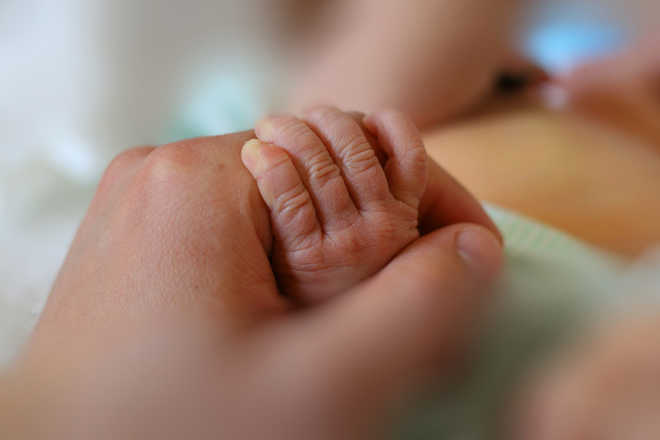
Photo for representational purpose only. iStock
Washington DC
Why is one twin smaller than the other? According to a recent study, the answer could lie in the placenta.
The researchers found that slower transport of oxygen from mother to baby across the placenta predicts slower fetal growth, as well as a smaller brain and liver.
The study found differences in prenatal oxygen transport from mother to baby The study, conducted by Boston Children's Hospital using Blood-Oxygenation-Level-Dependent (BOLD) MRI, showed that dysfunctional placentas have large regions with slow oxygen transport to the fetus.
By studying identical twins, they were uniquely able to control for both genetic factors and maternal risk factors. Although identical twins also share a placenta, it is divided into two separate compartments and one may be healthier than the other.
Researchers P. Ellen Grant and Elfar Adalsteinsson developed a noninvasive method that uses MRI to map the timing of oxygen delivery across the placenta in real time.
Grant said that until now, they had no way to look at regional placental function in vivo.
Doppler ultrasound, the current clinical method of assessing placental function, measures blood flow in the umbilical arteries and other fetal vessels, but it cannot tell how well oxygen or nutrients are being transported from mother to fetus, grant explained.
At 29 to 34 weeks of pregnancy, the seven mothers underwent BOLD MRI for about 30 minutes.
While they inhaled pure oxygen for 10-minute stretches, Grant's team measured how long it took oxygen to reach its maximum concentration in the placenta, known as the time to plateau (TTP) and then how long it took for the oxygen to pass through the umbilical cord into the fetus and penetrate the brain and liver.
Researchers led by Polina Golland used image-correction algorithms developed by MIT to adjust for fetal motion.
They found that a longer TTP in the placenta correlated with lower liver and brain volumes and lower newborn birth weights.
The study is published in Scientific Reports. —ANI



























